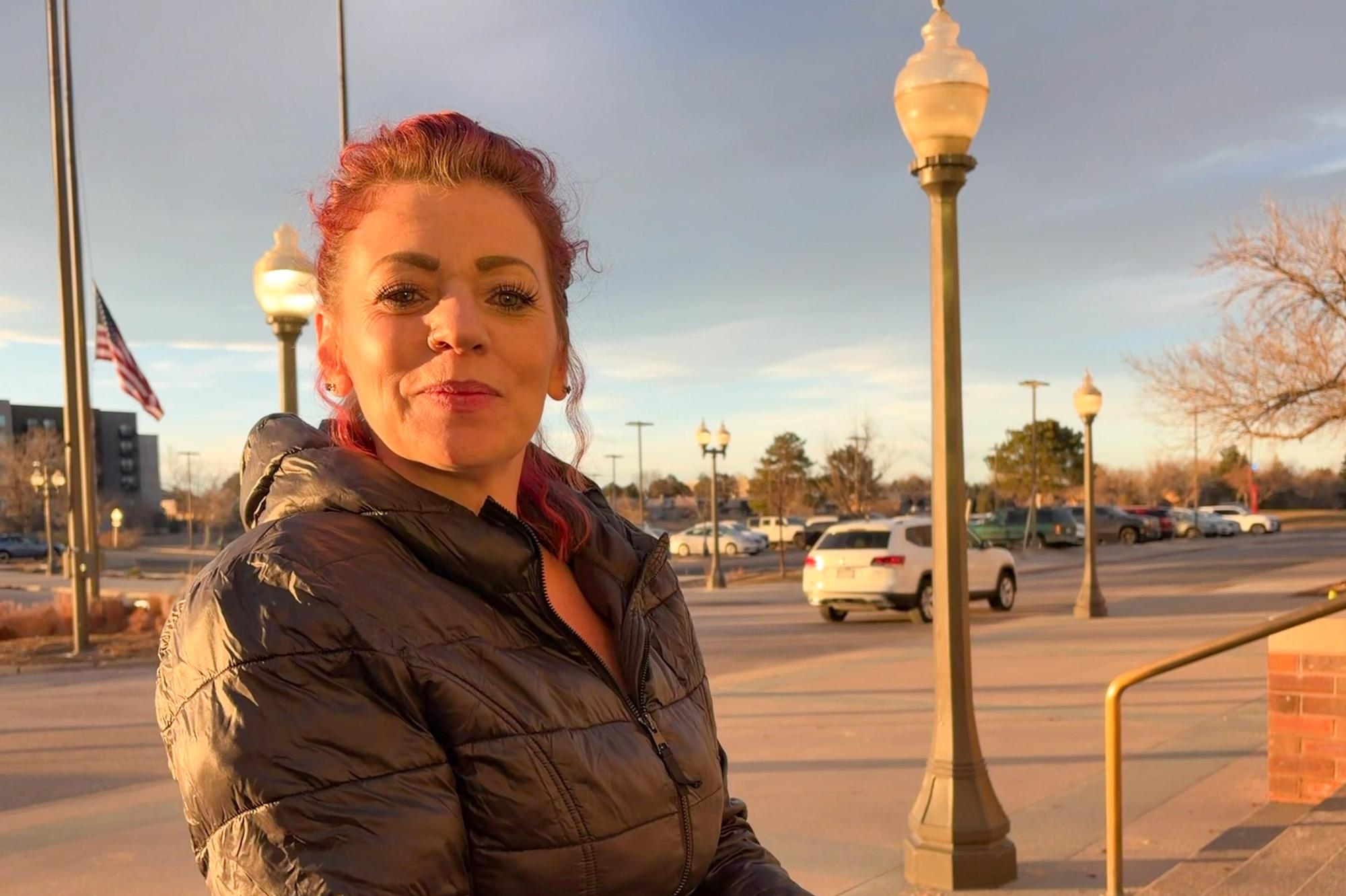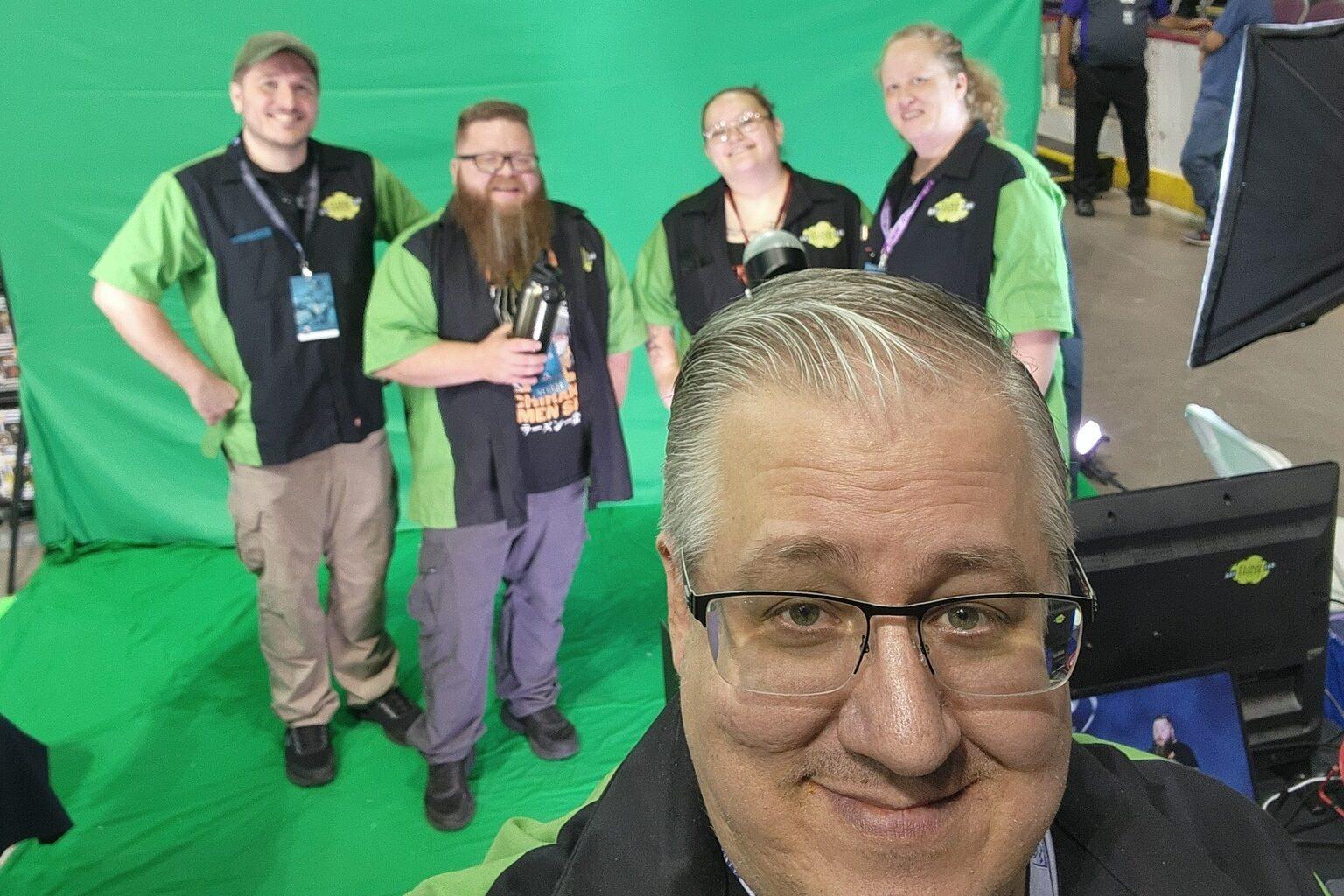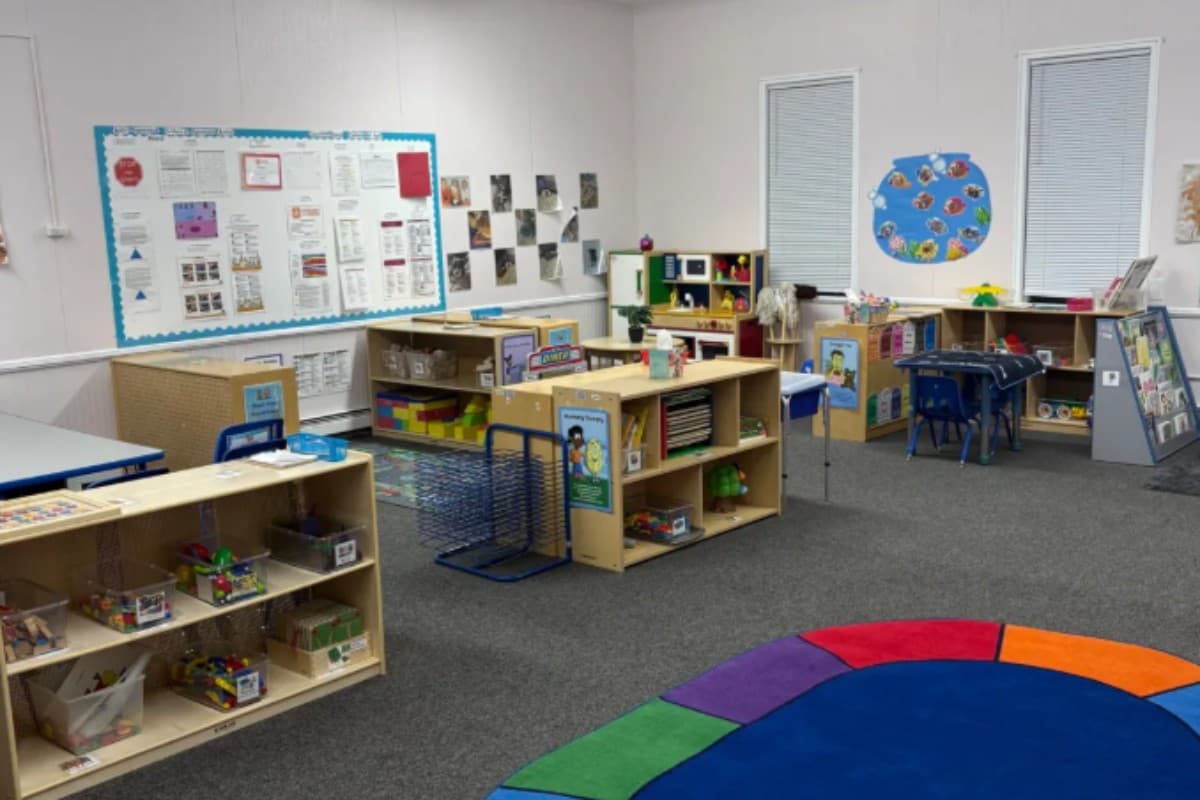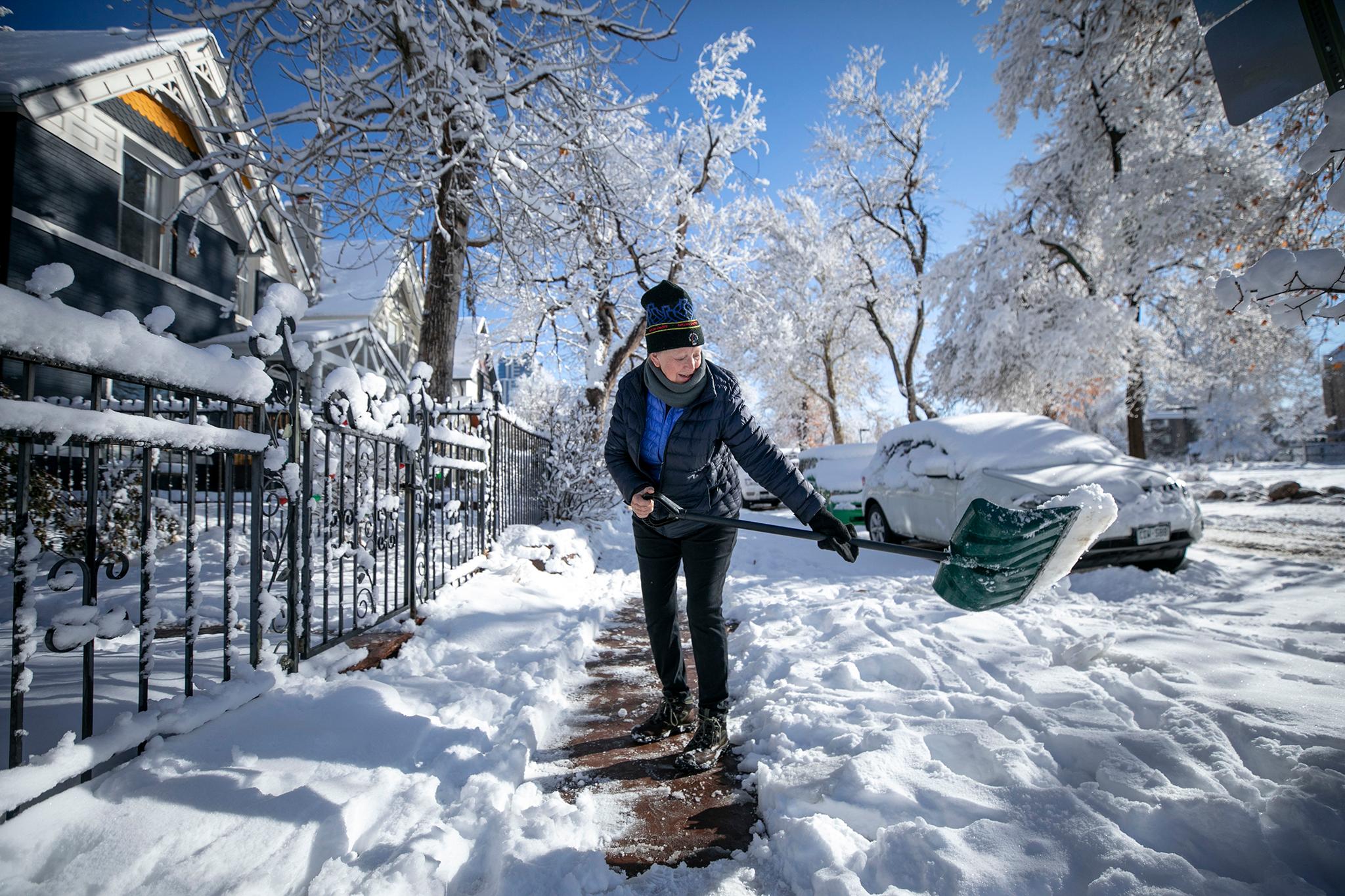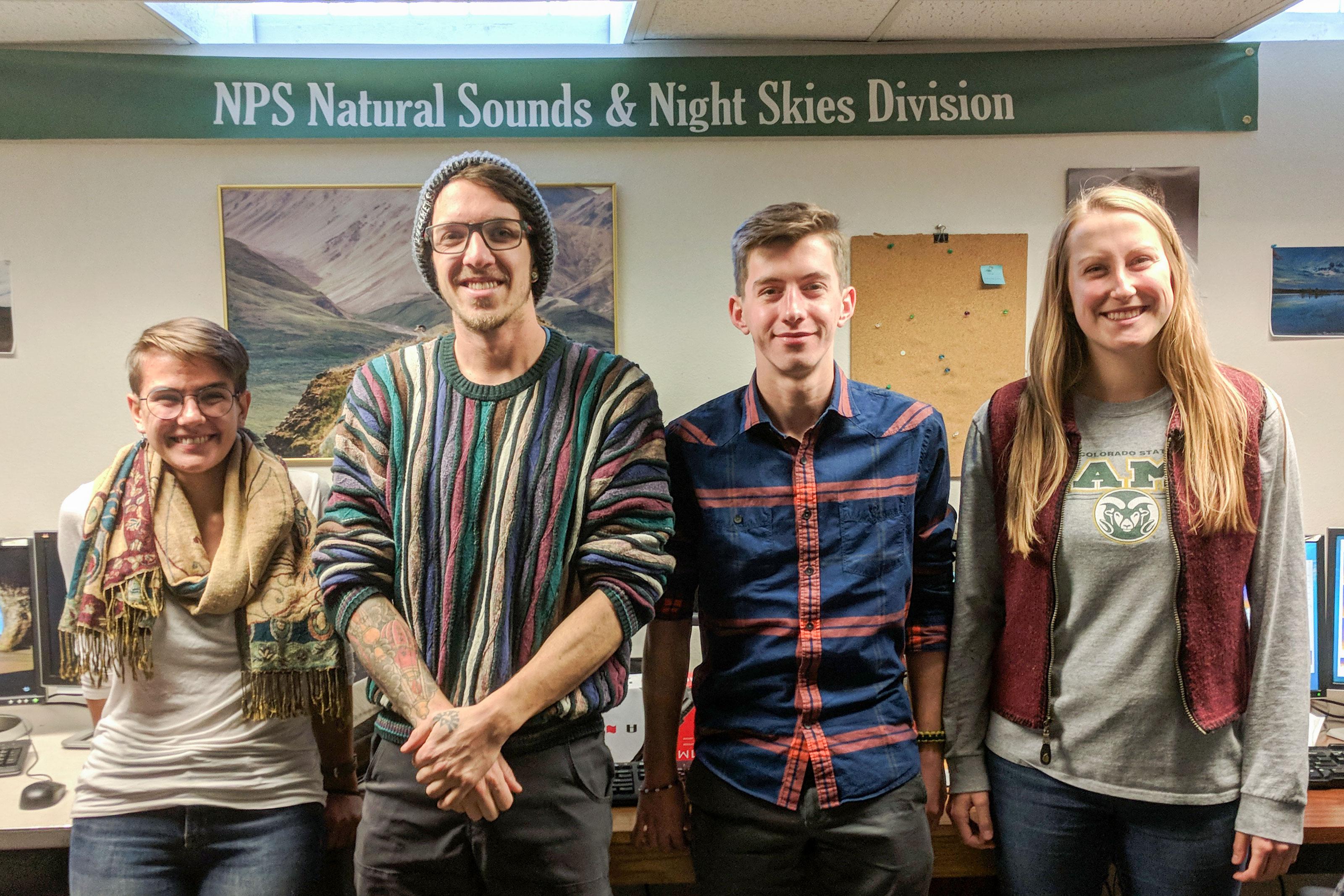

Most people can probably conjure up an image of a national park. Yosemite National Park’s Half Dome is a standard computer screen background. The Grand Canyon or Longs Peak are fixtures on office walls.
It’s likely harder to imagine what those places sound like.
In a basement at Colorado State University, students fight to preserve the natural soundscapes of America’s most protected places. The CSU Listening Lab analyzes recordings from U.S. national parks. It’s all part of an effort to combat man-made noise pollution.
The lab isn’t much to write home about. Students crowd against computers lining the walls of basement room. A strong source of pride is a set of small egress windows — the only ones on lowest level of Wagar Hall at CSU.
Jacob Job, who runs the lab for the National Parks’ Natural Sounds and Night Skies Division, likes to think of it as a black box. Audio from parks goes into the lab. Solid numbers on noise pollution come out. The students are the machinery inside, “helping to make meaningful change in the parks,” Job said.
The work requires careful attention to ambient sound. On a standard work day, CSU sophomore Ben Buescher cued up recordings from Mesa Verde National Park. The southwest Colorado park, known for its Puebloan cliff dwellings, is in the later stages of a soundscape analysis.

Buescher, who is majoring in wildlife biology, assigned a numerical code to every 10-second burst of sound fed into his headphones. A prop plane was a 1.2. Human voices were an 8.1. Birds were a 25.
“It’s actually very relaxing,” he said. “It’s a pretty good way to start the day.”
A 2017 study by Colorado State University researchers examined parks, refuges and wilderness across the county. Part of the effort involved data from the Listening Lab. It found noise is pervasive across protected areas. In two-thirds of the places studied, man-made noises were twice as loud as the natural ambient sound. The buzz of jets or the rumble of generators simply overpowered bird calls or coyote howls.
Emma Brown, an acoustic biologist with the park service, said that’s a concern since visitors come to parks to hear elk bugles or the rush of water. “Sound is a resource, just like clean air or clean water,” she said. “It’s our job to make sure future generations can have those experiences.”
While humans may enjoy natural noises, wildlife often rely on them. One study found motor boat noise to be a matter of life or death for fish. Another found entire ecosystems have had to adjust to the cacophony of people.

The effects on animals and visitors pushed Mesa Verde National Park to request the recent sound survey by the Natural Sounds and Night Skies Division. The effort might seem unnecessary. George San Miguel, a natural resource specialist at Mesa Verde, noted that employees “know where it’s very noisy and we know where things are quiet.”
“But we don’t know how to quantify that,” he said.
For the survey, national park scientists set up microphones in three distinct locations across the park. Each captured sound in settings ranging from backcountry wilderness to the area outside the visitors center. The CSU Listening Lab and the park service will eventually fashion the data into a report full of graphs and tables.
“So we will be able to represent the facts the the public with these hard numbers,” San Miguel said.
It all could help inform an upcoming management plan for Mesa Verde. One change under consideration would require visitors to park their cars and take quieter buses to popular locations.

At other parks, information from the CSU lab is at the center of battles over noise. The students helped find that sound from helicopter tours covered 98 percent of Hawaii Volcanoes National Park. Locals and federal workers have sued the FAA to do something about the buzz.
In the meantime, student Ben Buescher said working in the CSU Listening Lab has given him professional experience in his field of study. And he said he has developed connections to the places he listens to — like Mesa Verde. He has never been, but would like to visit someday.
“I’d want go there just to sit somewhere and listen and be like, in a way, I’ve been here before.”

